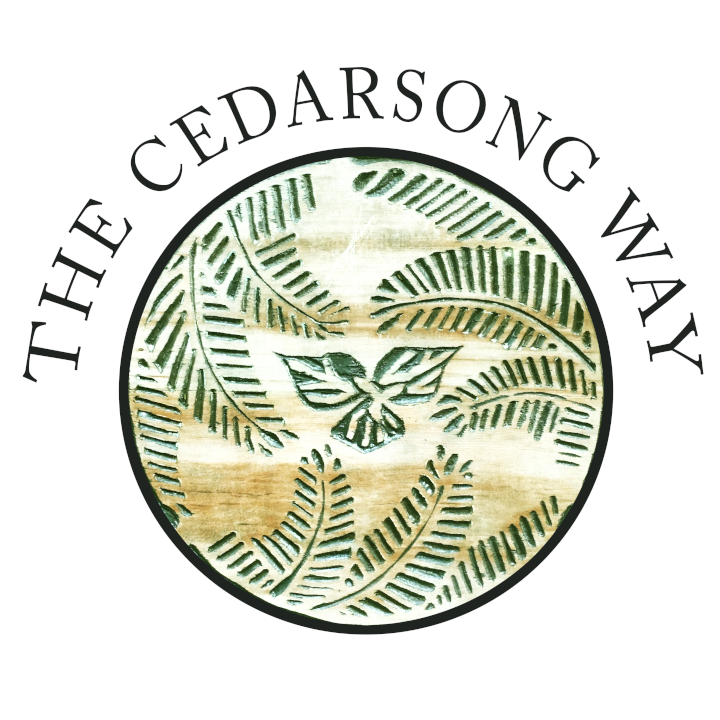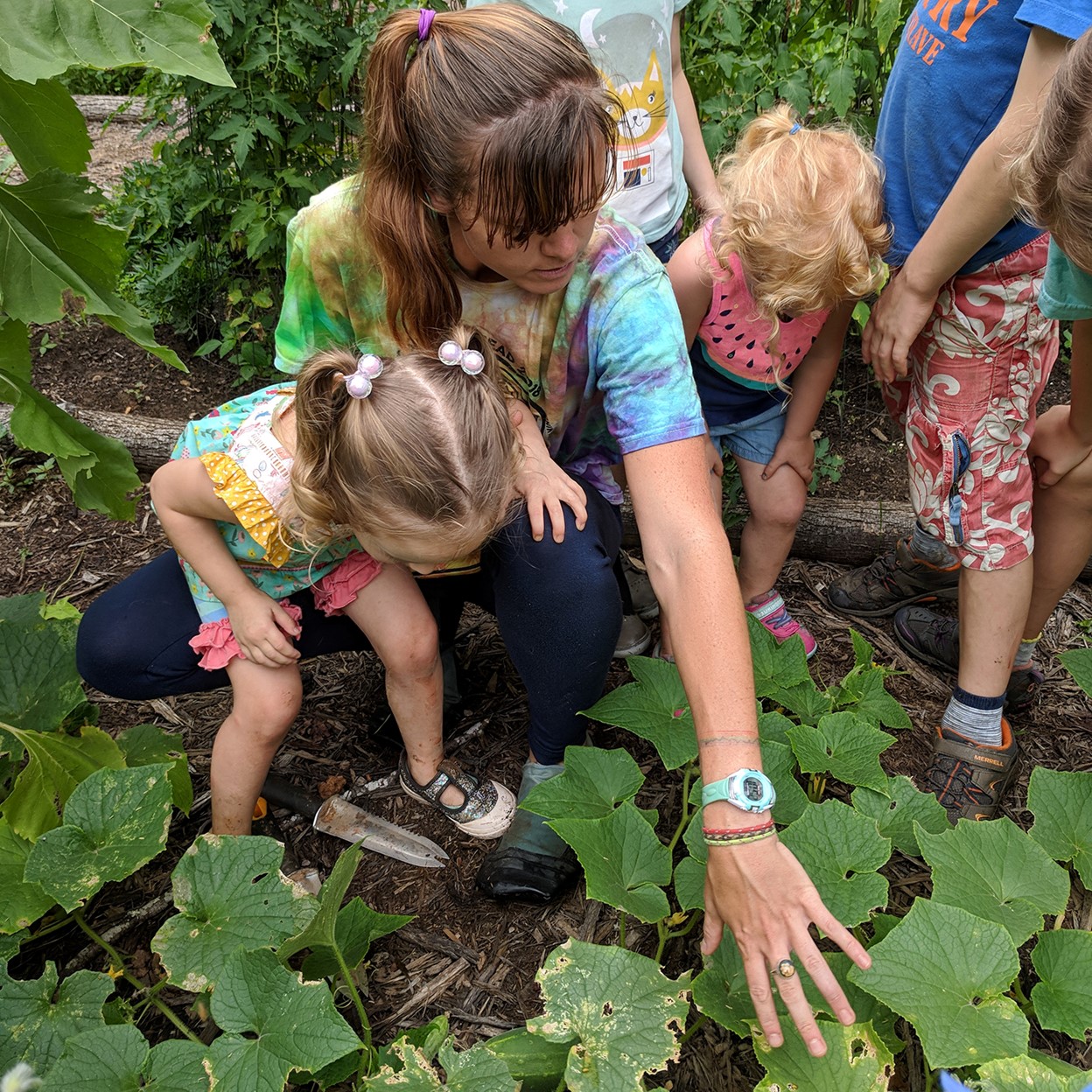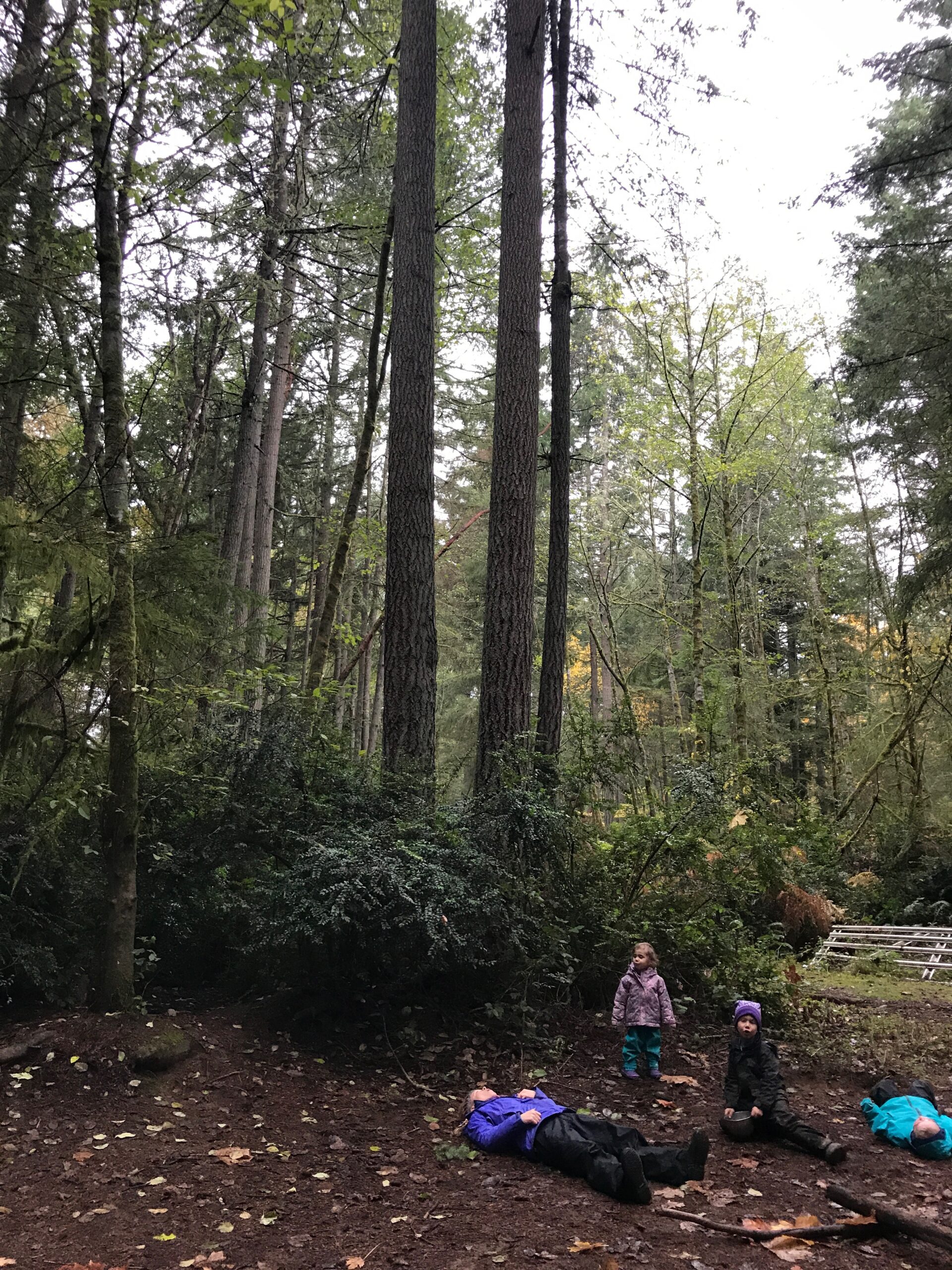
Engaging in Experiential Explorations
Please complete each activity below and make some brief notes about your experience. You will be asked to share your observations and insights through the documentation form. You may include photos, videos, drawings or written notes. For each activity, you will also be asked to explore how it fits into literacy learning and STEAM (Science, Technology, Engineering, Art and Mathematics).
Sensory: This is your opportunity to recall the ways in which we can engage with these objects using all of our senses.
Find 3-6 natural items from your area that attract your attention, perhaps a prickly cone, a chewed leaf, a striped stone. You can use these questions to guide you, but you need not answer them all. Use your imagination and critical thinking skills to guide your own observations.
- Can you make a sound with them?
- How are they alike?
- How are they different?
- Do these items have a smell, a texture, a pattern?
- Compare and contrast your items engaging as many of your senses as possible.
How might this activity fit into literacy learning and STEAM (Science, Technology, Engineering, Art and Mathematics)?

Place: An important aspect of The Cedarsong Way is being directly engaged with the specific place in which you find yourself. We have different ways that we might interact in a forest versus a desert or a beach or a snowy field. Paying attention to these differences is a skill that is important to cultivate when teaching The Cedarsong Way.
Find a spot in nature that feels inspiring or attracts your attention. Here are a few ways in which you can practice place based engagement.
- Create a mandala using leaves, sticks and other found objects nearby.
- Can you make some sort of decoration that could hang in a tree, using the loose parts around you in the natural world?
- Is there a place nearby that you could turn into a hide-out – maybe a small grove of trees, some low hanging branches, or a hollow tree?
- Is there a place that could be used to create a small world structure, like a fairy house?
How might this activity fit into literacy learning and STEAM (Science, Technology, Engineering, Art and Mathematics)?


Just be: From p. 70: “Cedarsong teachers often model the art of simply being in nature; perhaps cloud watching, soaking up some sun, listening to the patter of rain or a gurgling creek, breathing in the woodsy aroma of our forest.”
Settle down into one of your favorite spots in nature and just be. You can use the following prompts to guide you, but you need not respond to them all. Use your imagination and critical thinking skills to guide your own observations.
- What do you hear?
- What is the light like?
- What is the unique smell of this spot?
- What insects or birds can you see without moving?
- Are there clouds?
How might this activity fit into literacy learning and STEAM (Science, Technology, Engineering, Art and Mathematics)?
For further reflection and learning:
If you don’t already, you may wish to begin a nature journal; a place where you record your wanderings and wonderings of the day, or those of some children around you. You may want to begin with these phrases: I’m noticing, I’m feeling, I’m smelling, I’m hearing, I’m wondering…
